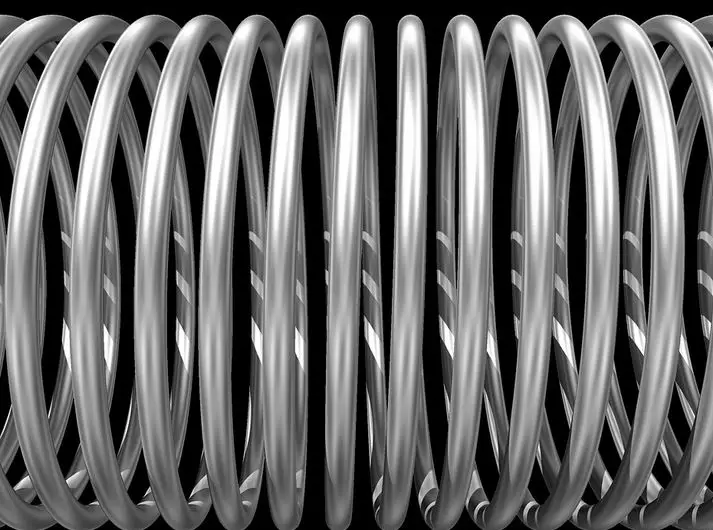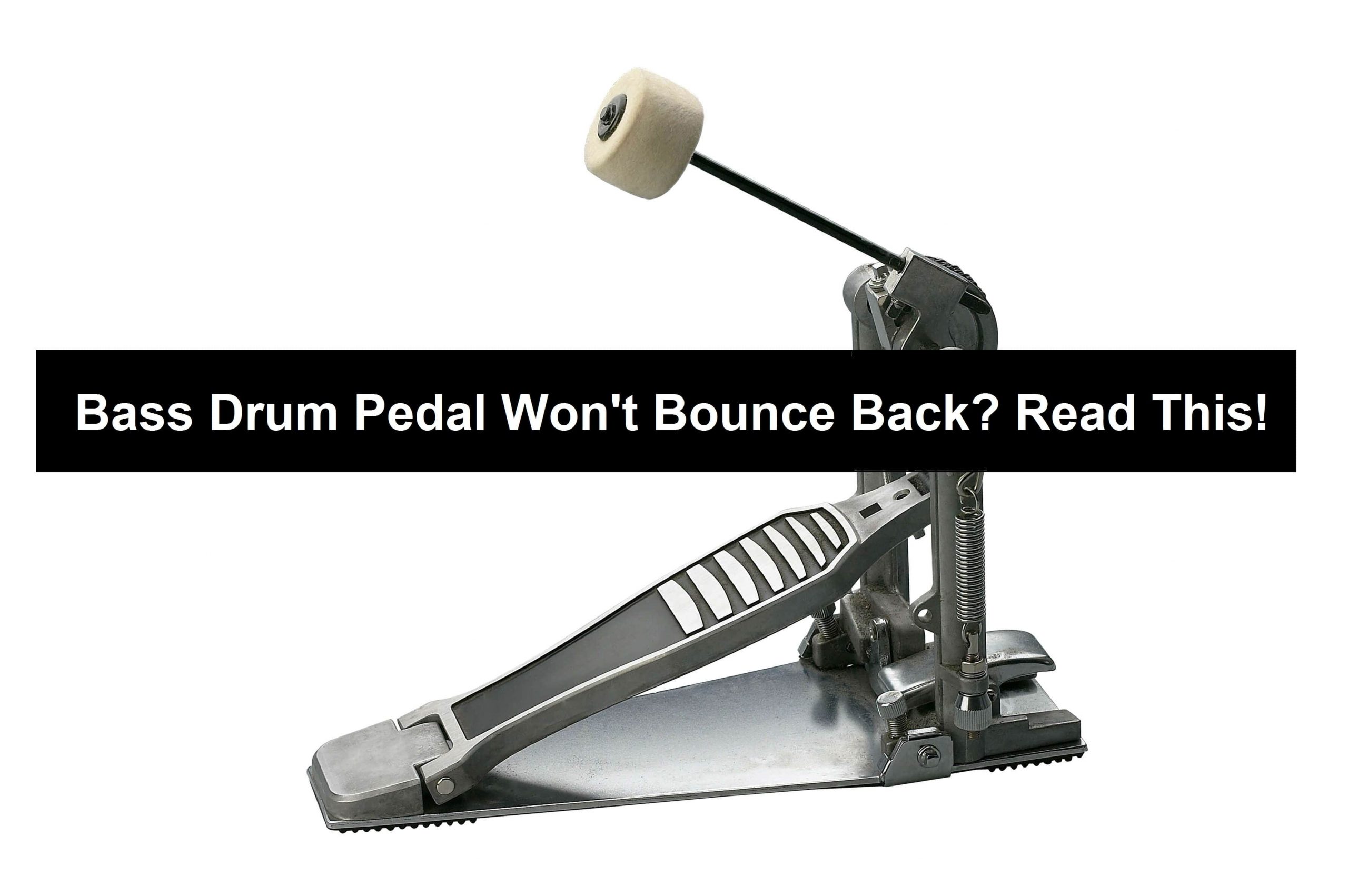This product list contains affiliate links. This means that at no extra cost to you, I may earn a commission if you use one of these links to make a purchase.
Last updated on June 12th, 2023 at 05:44 am
Have you ever tried playing the drums and after a few minutes your foot feels like it weighs a thousand pounds? Or, worse yet, you notice that you’ve only moved the pedal down about an inch from where it started.
If this sounds like something you’ve experienced, don’t worry – YOU’RE NOT ALONE!
This article will give you a quick rundown of why your bass drum pedal won’t bounce back and how to fix it. Let’s get started!
Why Bass Drum Pedal Won’t Bounce Back?
If your kick pedal doesn’t bounce back, this can be a problem for any drummer. It means that you’ll have to manually lift up your foot after every downstroke, which takes time and energy away from your performance.
Also Read: Do Resonant Heads Wear Out?
Here are 4 reasons why a bass drum pedal won’t bounce back:
Broken Drum Pedal Spring
If the bass drum pedal isn’t bouncing back, this is the first thing you should check to see what the problem is. When you let go of the spring, if it is damaged or worn out, it won’t be able to go back to its original position where it is not compressed or extended.
This can take place either as a result of the passage of time (spring fatigue) or as a consequence of something that has occurred to the spring itself (for example, it has been bent).
Loose springs
Springs are the components of a kick pedal that are responsible for the automatic return of the pedal after each stroke.
If these springs are broken or come loose, they won’t function properly, and you’ll have to manually lift your foot after every downstroke until a qualified technician can replace them or fix them. This will be necessary until the springs are repaired or replaced.

Grease Accumulation
Another common reason why your bass drum pedal does not bounce back is because of the grease that gets accumulated over time in your bass drum pedal. The grease gets accumulated when there is too much heat or moisture on your bass drum pedal which results in corrosion of metal parts inside your bass drum pedal.
This also causes rusting of metal parts inside your bass drum pedal which leads to accumulation of dust particles on these rusted metal parts inside your bass drum pedal.
These dust particles act as an insulator between two metal parts inside your bass drum pedal which prevents them from making contact with each other when you press down on the footboard while playing drums. This results in lack of return spring effect on pedals and hence they do not bounce back once you let go of them after pressing them down.
Worn Out Rubber Pad Underfoot
Another reason why releasing pressure on your bass drum pedal might not cause it to return all the way to its starting position is that the bottom of your foot pad, which is the part that presses against the floor, may have become worn out. If the rubber pad gets too soft or too hard, it will not be able to return to its original shape as effectively as it should.
How To Tighten Bass Drum Pedal
It’s time to put your bass drum kit to work. Follow these steps to fine-tune your pedal if it’s not moving far enough when you first set it up, or if the pedal feels too tight or loose.
If you follow these steps, you’ll be on your way to making these adjustments in no time at all:
- To increase the tension, first loosen the upper tension adjustment nut, then cinch down the lower tension adjustment nut.
- To reduce tension, first loosen the lower tension adjustment nut and then after that, tighten the upper tension adjustment nut to keep it in its place.
How Tight Should Bass Drum Pedals Be?
Beater height, beater throw angle, and spring tension are all modifications that can be made to a bass drum pedal. When the pedal is mounted to the hoop, most drummers will adjust the beater height to hit the bass drum head in the center.
This is reasonable, but if the height is too low, it will impede movement. A stroke’s return position is determined by the beater’s throw angle.
You won’t be able to generate much variation in volume if your throw angle is too small. It can slow you down if the angle is too large. The beater’s return speed is mostly determined by the tension of the beater’s spring. To a significant extent, this is a personal preference. It is possible to play faster strokes with a higher tension on the strings.
Also Read: Recording drums in a basement
Set aside some time and experiment with different tensions of the pedal while playing at various tempos and styles. Make a note of what you like and what doesn’t!


